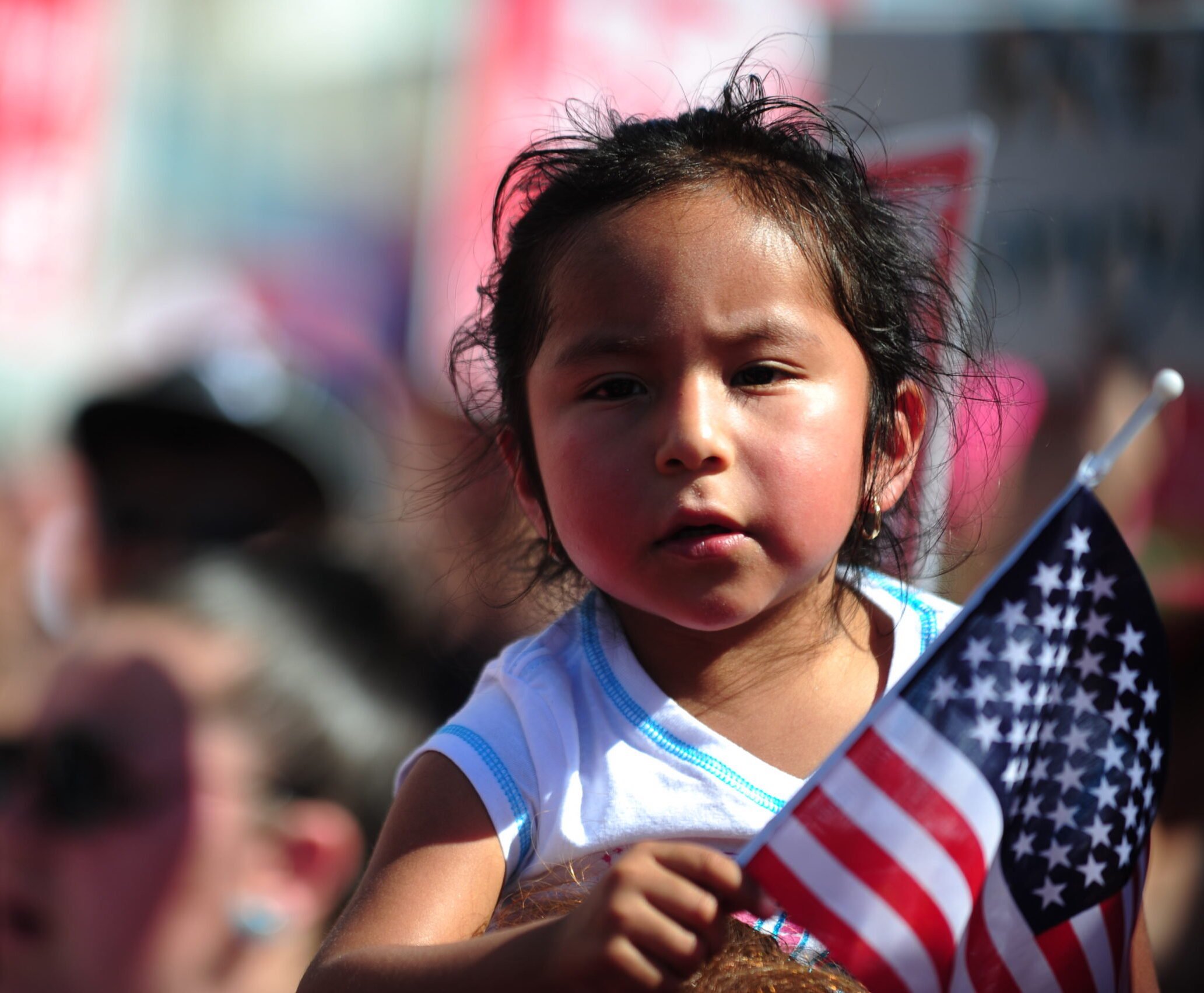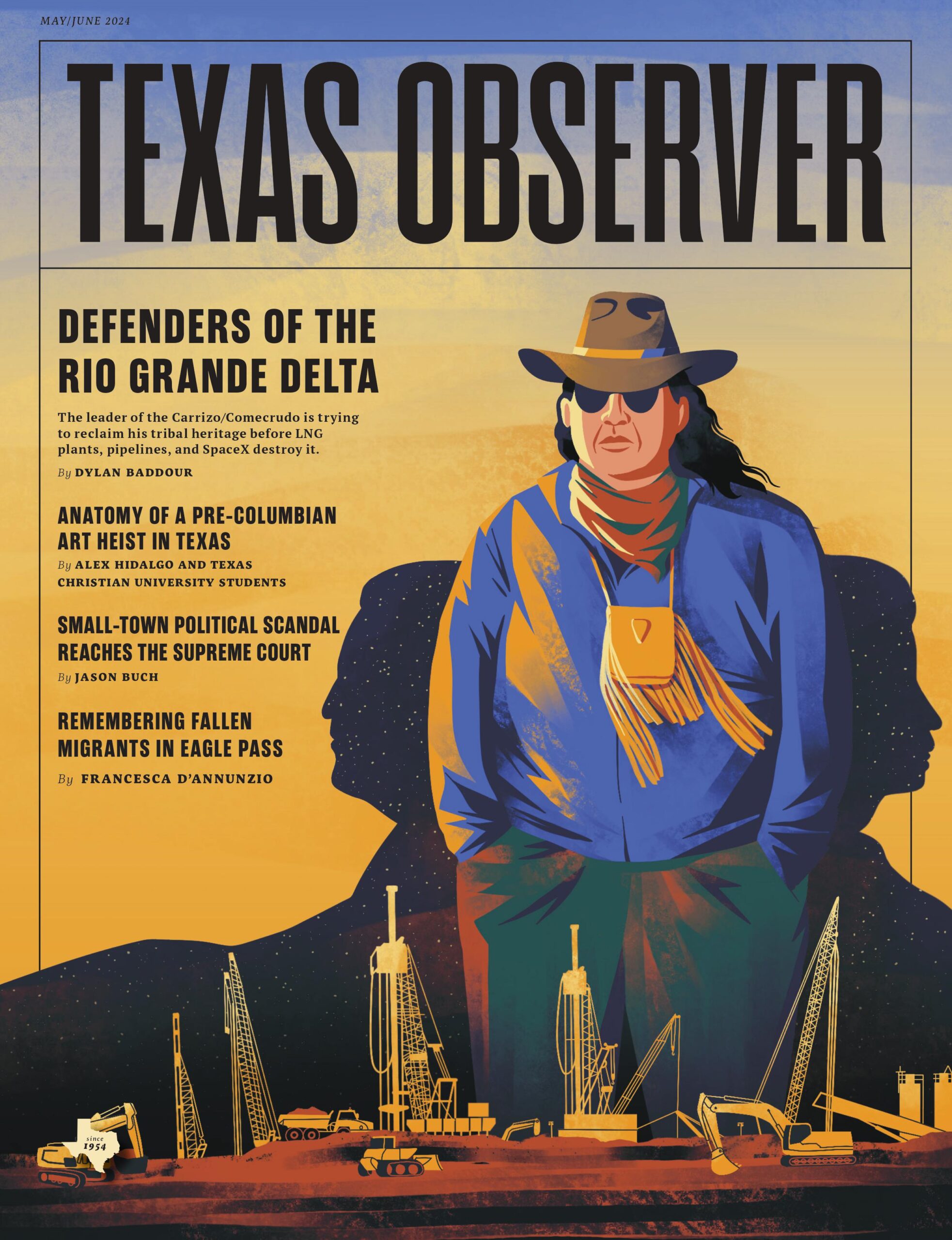ustxtxb_obs_1963_05_16_50_00004-00000_000.pdf
Page 3
Those who were to be signally honored by open-car rides in the afternoon parade trooped to the 22 white convertibles lined up for three blocks on a street of bricks leading from the freight yard toward town. Dist. Manager George Lane of General Motors told the Observer, “When you say carsjust say Oldsmobiles!” All 22 cars were Dynamic 88 Oldsmobiles, sporting five different color trims. “We had ’em built and shipped here for this purpose,” Lane said. They were made by Texans in Texas, at Arlington. The bulk of the legislators and their ladies were directed into six buses, from the gloomy air conditioned interior eminences of which they were to look down on the throngs who were to pack the streets of Tyler for the parade. Someone had botched the bus arrangements, though; there were four different kinds of buses, Continental; Greyhound, Texas Motor Coaches, and Central Texas Bus Lines, and the lastnamed company’s little entry was so dinky, none of the legislators got into it, and the driver had to wheel it through the whole parade without any riders. T HE STREETS did not seem packed, it did not seem that anyone had to stand behind anyone, and everybody had a pretty good view. Waiting for the starting whistle this sunny spring day, Speaker Tunnell stood at the intersect’on at which the officials’ line and the school bands’ line were to be mixed together, and half a dozen townspeople surrounded him and talked to him. In nearly all respects it was a typical small town parade . . . clowns in red clawtail coats and flapper shoes and cherry noses, baton twirlers’ legs sunburning between their white boots and switchy fourth-skirts, the poli 4 The Texas Observer ticians and their ladies nodding and waving \(Atty. Gen. Waggoner Carr grand parade master, who told the driver of Carr’s Oldsmobile, “If you’ll follow the fire engine, please!” without any sense of embarrassment about ordering the general around in that way, and who wisecracked, when a black car of some off brand slipped in on the tail end . of the parade, filled with anonymous dignitaries, “We have an unidentified vehicle, loaded with communist agents most likely. Communist agents! Communist agents!” This tickled a fellow nearby, who piped, “They from Cuber!” and repeated, for those who’d missed it, “Cuber!” After the parade everybody relaxed for a while. There is a fine swimming pool at the Carlton Hotel, but I did not see any politicians swimming there. I urged General Carr to come take a dip, but he had to meet some politicians from the legislature and the governor’s office in one of the rooms that surround the pool. There was a barbecue then, attended by an announced crowd of 1,000 people, including a handful of Negroes \(many of them school teachers, whose principals had been talked to by the Tyler school superintendent been no Negroes in the paradeeven the clowns had been whitebut the barbecue was thusly integrated. After supper some of the guests strolled through the rose gardens near the stadium and surveyed the red caps, Queen Elizabeths, baby chateaus, heat waves, gold cups, six flags over Texases, sarabands, and frolics. Though a little disheveled from a storm not long before, the roses were fragrant and lovelyall but the species named peace, which were mostly deadand the winding paths of the garden, and the largeness of it, spread over the splendid arboreal acres, sug gested the genteel tradition, the South’s waning glory. I shall long remember a family scene I saw there that early evening, the young father standing in business suit, the young mother, bedecked in a bright pink outfit, seated beside a fountain of the garden across from a sculptured naiad and talking quietly to her little daughter, who was standing next to her in a white dress. As I passed toward the stadium, alas, my eyes traitorously conveyed to me also the harsh turquoise paint around the inside of the fountain; it came up the sides higher than the water did. THE PROGRAM was presented on a stand built on the football field, just across the cinder track from the shady side of the stands. The field was green, the band was blue, the stand was red, white, and yellow, the seals of the state were yellow and black, and the sign the size of a freight car that said “Byron Tunnell Day” was blue and white. More than a hundred white school children filed onto the stand to sing. They were wearing, the boys, suits or shirts and ties or just open-neck shirts, and the girls skirts and blouses or prints or silks, there was no order or uniformity to their clothes. The sun descending behind the stadium illuminated their faces and shoulders, while casting the rest of them in shadow. They were various and lovely and sang “Texas Our Texas” and “The Battle Hymn of the Republic” . . . “As He died to make men holy Let us die to make men free” and God, Bless America. The Kilgore Rangerettes gave an astounding demonstration of “prissy precision” on the field, and an organist played Rose of San Antone and Home on the Range as though they were dirges, and the legislators and officials then ponderously ascended to the


